Services
Sam the Bug Man
Sam the Bug Man provides a variety of pest management services tailored to your needs
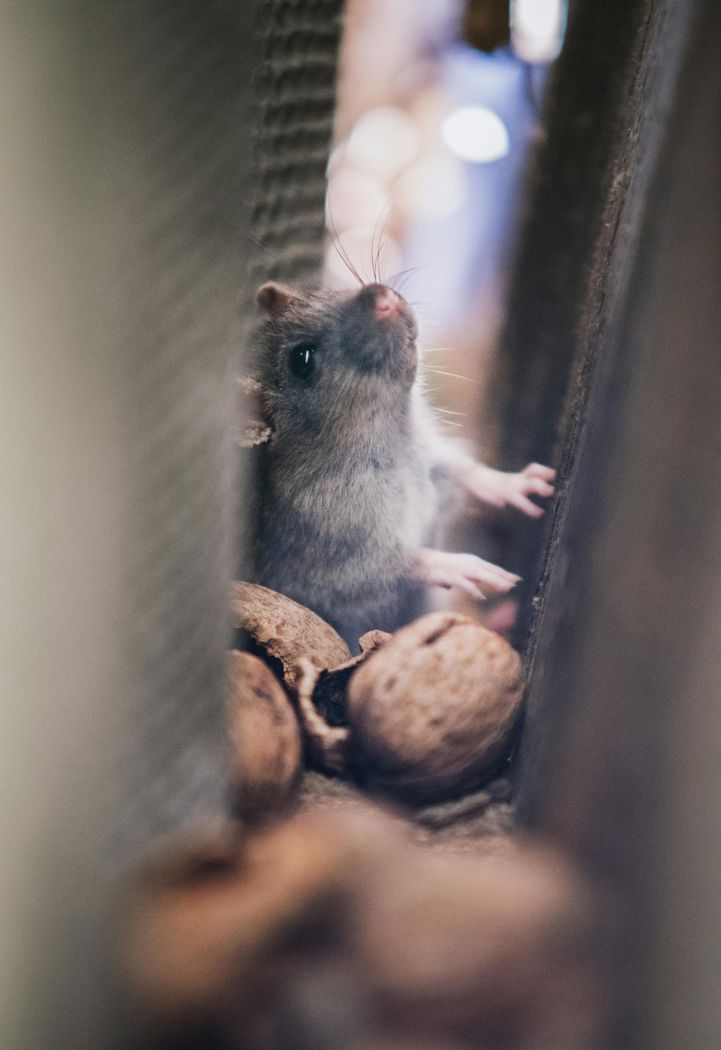
Rodent Control Services
- Eliminating rodent infestations: using top-quality traps and materials to ensure your home is rodent-free. Placement of traps (snap traps) in strategic locations. Regular monitoring and resetting of traps as needed.
- Inspection and Assessment:
comprehensive property inspection to identify signs of infestation and potential entry points. Assessment of the extent of the infestation and identification of rodent species.
- Rodenticides: Use of bait stations with rodenticides for targeted control. Application of rodenticides in secure locations to minimize risks to non-target animals and humans.
- Ongoing Monitoring and Maintenance: Regular follow-up inspections to ensure no new infestations occur. Recommendations for maintaining a rodent-free environment.
- Education and Prevention: Guidance on best practices for rodent prevention, such as proper food storage and waste management. Advice on maintaining property to minimize rodent attractants.
- Specialized Treatments: Addressing specific rodent issues such as Norway rats, roof rats, or house mice with tailored strategies.
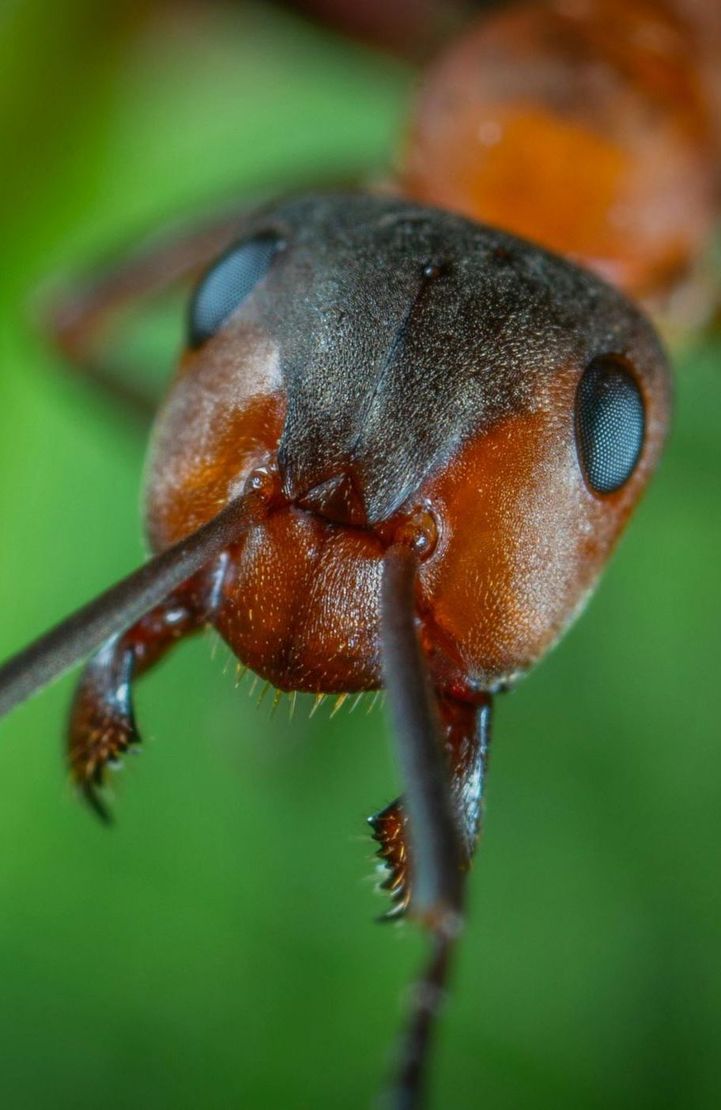
Ant Control Services
- Identification and Treatment Planning:
Identification of the specific ant species to determine the most effective treatment approach. Development of a customized treatment plan based on the type of ants and the severity of the infestation.
- Chemical Treatments:
Application of targeted insecticides or ant baits to eliminate ants and their colonies. Use of sprays, dusts, or granules in areas where ants are active.
- Non-Chemical Treatments: Use of natural or non-toxic treatments, such as diatomaceous earth or boric acid. Application of bait stations with attractants and slow-acting insecticides to control colonies.
- Nesting Site Treatment: Sam the Bug Man tackles ant infestations with effective treatments, which are crucial for maintaining a pest-free home in Arizona. These services locating and treating ant nests within the property, which may involve injecting treatments or applying targeted baits.
- Ongoing Monitoring and Follow-Up: Regular follow-up visits to monitor the effectiveness of treatments and ensure that ants have been eradicated. Additional treatments if necessary to address any remaining ants or new infestations.
- Sanitation and Clean-Up:
Advice on proper sanitation practices to eliminate food sources and reduce attractants. Cleaning of affected areas to remove pheromone trails and reduce the likelihood of future infestations.
- Education and Prevention:
Guidance on preventive measures, including proper food storage, maintaining cleanliness, and regular property maintenance. Information on ant behavior and habits to help clients understand and manage potential risks
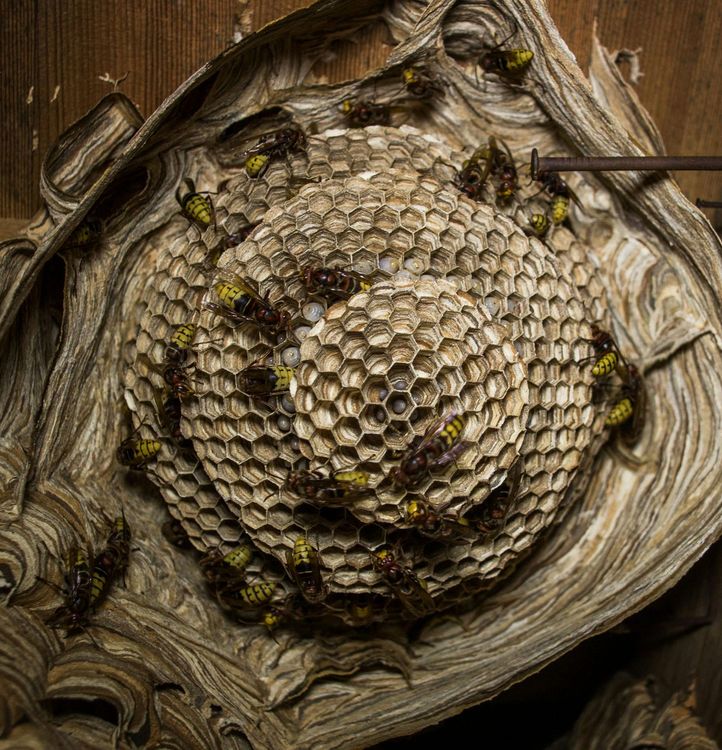
Wasp & Bee Control Services
- Inspection and Assessment: Professional inspectors assess the extent of the bee or wasp problem and identify the types involved. Locate where bees or wasps are nesting, whether in walls, trees, or other structures. Close gaps and openings where they might enter structures. Fixing or reinforcing areas that attract or house them.
- Chemical Treatments: Application of insecticides to control bee or wasp populations. We also have non-chemical treatments using heat or dusting with insecticidal powders.
- Immediate Response: Quick action for urgent situations, such as swarms in high-traffic areas or near homes.
- Preventative Measures: Guidance on keeping bees and wasps away in the future, including habitat modifications and regular inspections. We provide educational information on bee and wasp behavior. We instruct safe practices for dealing with them.
- Post-Treatment Inspections:
Checking the area after treatment to ensure bees and wasps are no longer present. We offer potential regular visits to prevent re-infestation.

Cockroach Control Services
- Inspection and Assessment: Inspecting the premises to determine the extent of the infestation and identifying the type of cockroach. Finding hiding places such as cracks, crevices, and moisture sources.
- Treatment and Extermination: Applying insecticides, including sprays, baits, and gels, to kill cockroaches. We can also use non-chemical treatments methods like boric acid, diatomaceous earth, or heat treatments. We combine multiple strategies, including sanitation and exclusion, to manage the infestation.
- Monitoring and Follow-Up: Checking effectiveness of the treatment and ensuring cockroaches are eradicated. Setting up traps or monitoring devices to catch any new infestations early.
- Emergency Services: Immediate action for severe infestations or urgent situations.
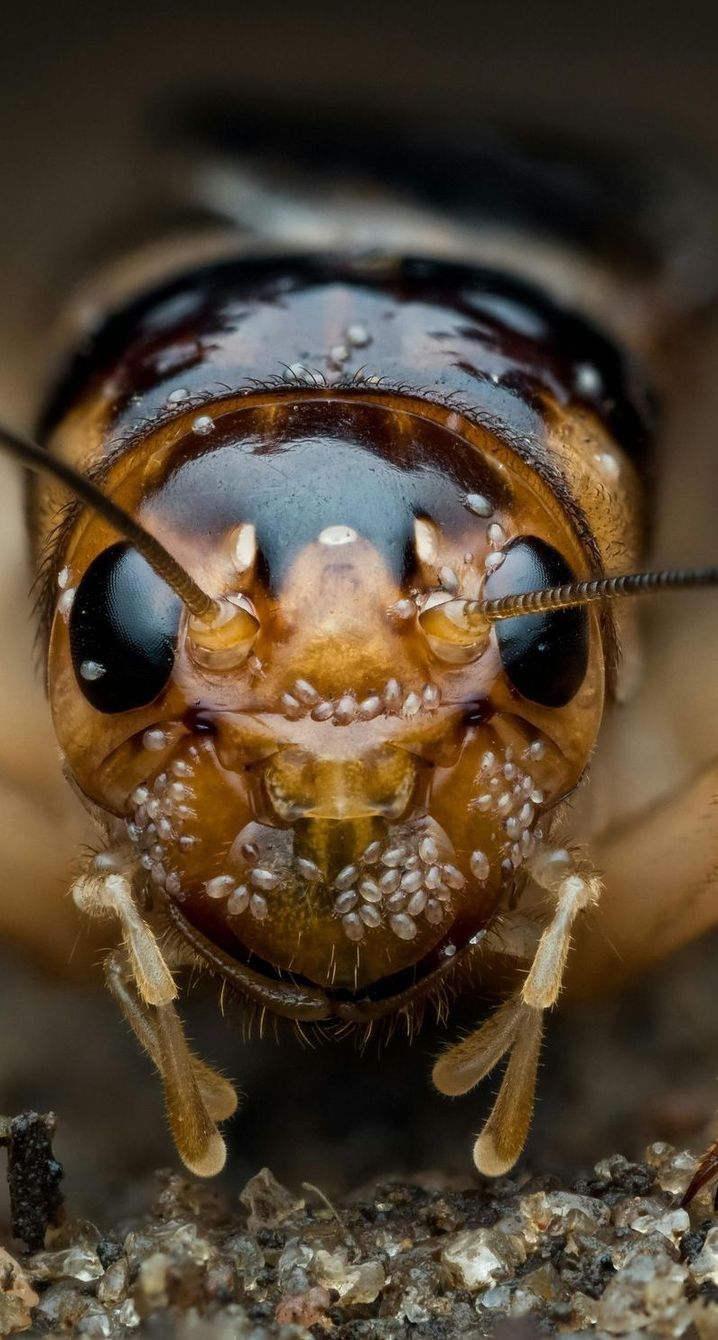
Cricket Control Services
- Inspection: Thoroughly assessing the property to identify hiding spots and entry points where crickets may be residing or entering.
- Identification and Treatment Planning: Identifying the specific cricket species to determine the most effective treatment approach. We develop a customized treatment plan based on the type of crickets and the severity of the infestation.
- Chemical Treatments: Applying targeted insecticides or dusts in areas where crickets are active, focusing on cracks, crevices, and dark, damp areas to eliminate them effectively.
- Non-Chemical Treatments: Utilizing natural or non-toxic options, such as diatomaceous earth and boric acid. We also implement bait stations with attractants to control cricket populations.
- Nesting Site Treatment: Addressing cricket infestations by locating and treating their nests within your property. This may involve injecting treatments or applying targeted baits to disrupt their breeding.
- Ongoing Monitoring and Follow-Up: Providing regular follow-up visits to monitor treatment effectiveness and ensure crickets have been eradicated. Additional treatments will be offered if necessary to tackle any remaining crickets or new infestations.
- Sanitation and Clean-Up: Advising on proper sanitation practices to eliminate food sources and reduce attractants. Cleaning affected areas helps remove pheromone trails and minimizes the chances of future infestations.
- Education and Prevention: Offering guidance on preventive measures, including proper food storage, maintaining cleanliness, and regular property maintenance. We provide information on cricket behavior and habits to help clients manage potential risks effectively.
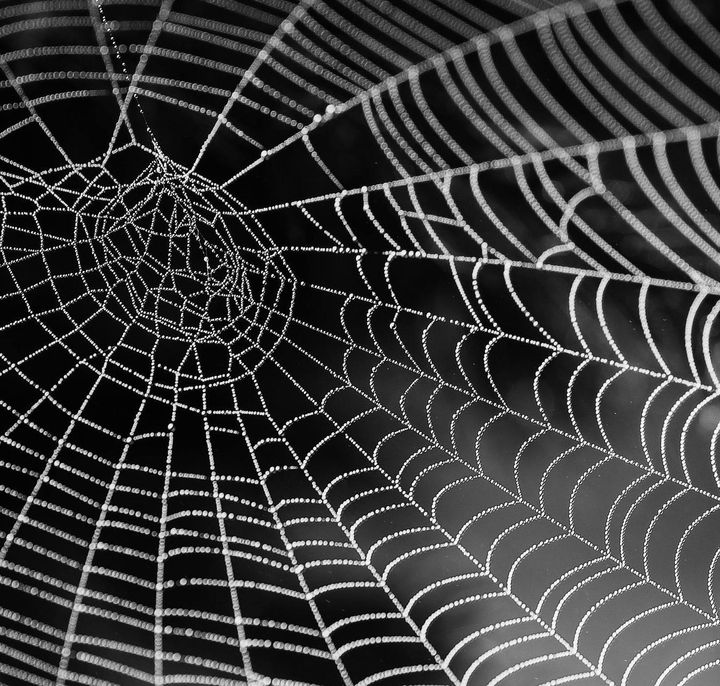
Spider Control Services
- Inspection and Assessment: Inspecting the premises to identify spider types and nesting areas. Finding and assessing the extent of spider webs and nests.
- Treatment and Extermination: Using insecticides to treat spider hiding spots and web areas. For non-chemical treatments we can utilize methods like essential oils, dusts, or traps. We also physically remove spider webs and nests.
- Monitoring and Follow-Up: Evaluating the effectiveness of the treatment and ensuring spiders are controlled. Regular inspections and maintenance to prevent re-infestation.
- Emergency Services:
Addressing urgent spider problems, especially if venomous species are involved.
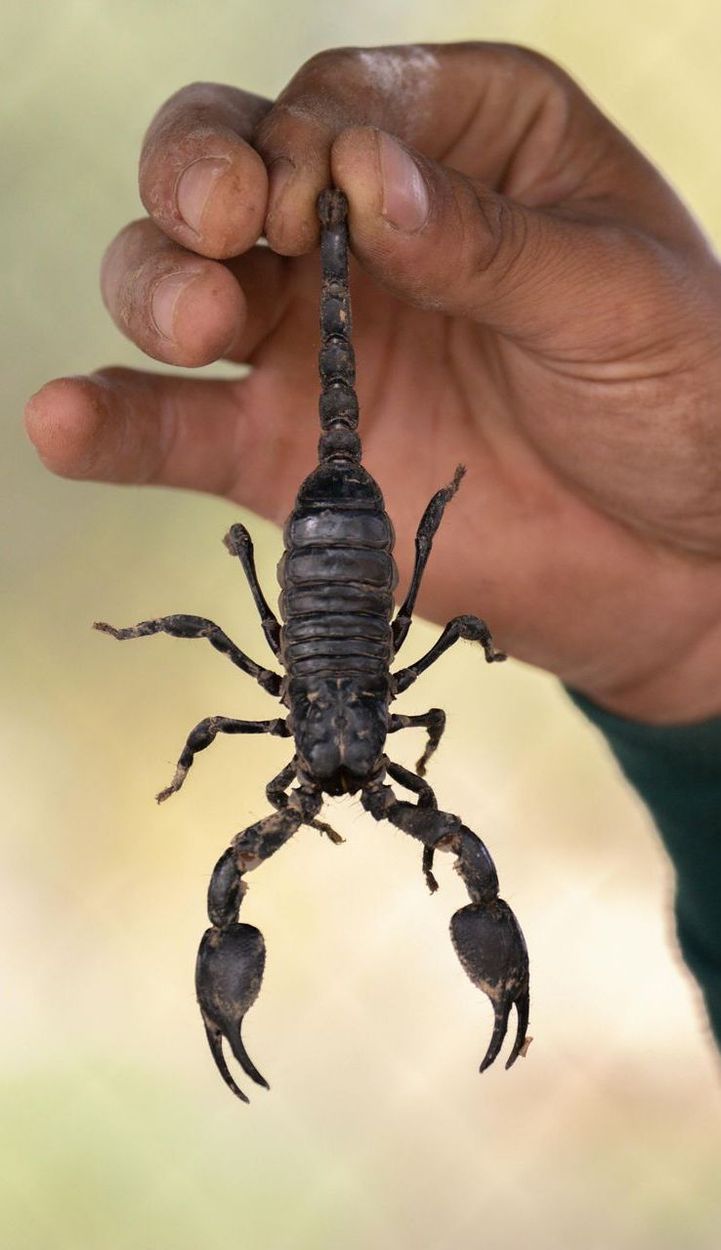
Scorpion Control Services
- Inspection: Assessing the property to identify potential hiding spots and entry points for scorpions, ensuring a comprehensive understanding of their presence.
- Identification and Treatment Planning: Identifying the specific scorpion species to determine the most effective treatment strategy. We develop a customized plan based on the type of scorpions and the severity of the infestation.
- Chemical Treatments: Applying targeted insecticides or dusts in areas where scorpions are active, focusing on cracks, crevices, and moist areas to eliminate threats.
- Non-Chemical Treatments: Utilizing natural or non-toxic options, such as diatomaceous earth and boric acid. We implement bait stations with attractants and slow-acting agents to effectively control scorpion populations.
- Nesting Site Treatment: We address scorpion infestations by locating and treating nests within your property. This may involve injecting treatments or applying targeted baits to eliminate their breeding grounds.
- Ongoing Monitoring and Follow-Up: Our team provides regular follow-up visits to assess treatment effectiveness and ensure scorpions have been eradicated. Additional treatments will be offered if needed to tackle any remaining scorpions or new infestations.
- Sanitation and Clean-Up: We offer advice on sanitation practices to eliminate food sources and reduce attractants. Cleaning affected areas helps remove pheromone trails, lowering the chances of future infestations.
- Education and Prevention: We provide guidance on preventive measures, such as proper food storage and maintaining cleanliness, along with information on scorpion behavior and habits to help clients manage potential risks effectively.
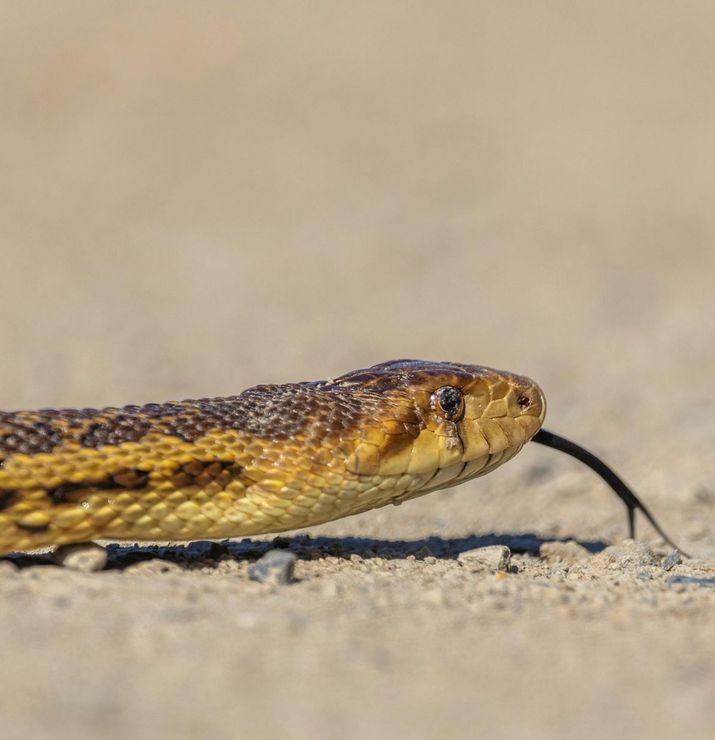
Snake Control Services
- Inspection: Assessing the property to identify potential hiding spots and entry points for snakes, ensuring a comprehensive understanding of their presence.
- Identification and Treatment Planning: Identifying the specific snake species to determine the most effective treatment strategy. We develop a customized plan based on the type of snakes and the severity of the situation.
- Chemical Treatments: Applying targeted repellents in areas where snakes are active, focusing on entry points, dense vegetation, and hiding spots to eliminate threats.
- Non-Chemical Treatments: Utilizing natural or non-toxic options, such as barriers and traps. We implement measures like habitat modification to deter snakes from your property effectively.
- Nesting Site Treatment: We address snake issues by locating and treating areas where snakes may be nesting. This may involve clearing debris and removing potential shelter to eliminate their breeding grounds.
- Ongoing Monitoring and Follow-Up: Our team provides regular follow-up visits to assess treatment effectiveness and ensure snakes have been deterred. Additional measures will be offered if needed to tackle any remaining snakes or new sightings.
- Sanitation and Clean-Up: We offer advice on sanitation practices to eliminate food sources, such as rodents, and reduce attractants. Cleaning affected areas helps lower the chances of future snake encounters.
- Education and Prevention: We provide guidance on preventive measures, such as proper landscaping and maintaining cleanliness, along with information on snake behavior and habits to help clients manage potential risks effectively.
Your Trusted Pest Control Team
Contact our pest control specialists for a fast response
Proudly Serving
Fountain Hills, Tonto Verde, and Rio Verde area
Business Address
16610 E Laser Drive #3,
Fountain Hills, Arizona 85268
© 2025
All Rights Reserved | Sam the Bug Man!

